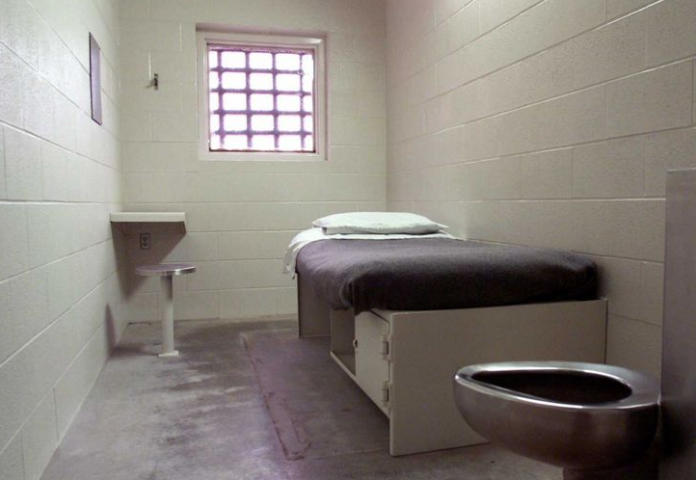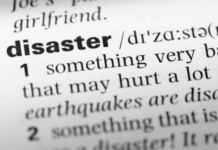Former Unabomber and Harvard-educated mathematician Theodore “Ted” Kaczynski was discovered dead in his cell at the age of 81.
After 17 years of carrying out a terrorist campaign that claimed three lives and injured twenty-three others, Ted Kaczynski was found unresponsive in his cell at the federal prison medical complex in Butner, North Carolina, on Saturday morning and later pronounced dead.
Kaczynski earned his notorious nickname from the FBI and had been held at the federal Supermax prison in Florence, Colorado, since May 1998. For his terrorist acts against schools of higher education, he was serving a total of four life sentences and thirty years in prison. Kaczynski admits to 16 explosions he committed between 1978 and 1995, several of which caused severe injury to their victims.
Kaczynski’s improvised devices had widespread repercussions, prompting adjustments to mail and airport security. His antics even impacted West Coast flight travel in July 1995.
The release of Kaczynski’s 35,000-word manifesto, “Industrial Society and Its Future,” played a significant role in his eventual capture. Kaczynski’s brother David and sister-in-law Linda Patrik recognized the writing style and tipped off the FBI after The Washington Post and The New York Times took the tough choice to publish the manifesto in September 1995. Kaczynski was identified and arrested because of the manifesto he wrote detailing his thoughts on contemporary culture and technology.
Kaczynski’s capture revealed that he was a recluse who had been holed up in a cabin in the middle of the Montana wilderness. His solitary and vindictive temperament became apparent once people stopped romanticizing him as an anti-hero.
Kaczynski stated in his writings that he was motivated more by vengeance than by any intellectual motive. In prison, he underwent a psychiatric evaluation that confirmed his paranoid schizophrenia diagnosis and revealed his extreme sensitivity to criticism and rejection.
Kaczynski adamantly denied any possibility of mental illness and tried to stop his attorneys from using an insanity defense. He eventually pleaded guilty, insisting during his hearing that he was not suffering from delusions.
Despite the notoriety of his crimes, Kaczynski’s intelligence was generally recognized. At 16, he enrolled at Harvard, where he wrote for prestigious mathematics journals and later built bombs that could be hidden in simple wooden boxes.
The Unabomber’s attacks on schools of higher learning and airlines permanently altered the public’s view of these institutions’ security measures. His reign of terror may have ended in 1995, but the wounds it inflicted and the lives it took endure for those who were affected by his bombings.
In 2003, historian Alston Chase discovered that Kaczynski had allegedly participated in the top-secret Harvard experiment known as MK-Ultra for over three years. ( MK-Ultra was a top-secret CIA project in which the agency conducted hundreds of clandestine experiments—sometimes on unwitting U.S. citizens—to assess the potential use of LSD and other drugs for mind control, information gathering and psychological torture)
Kaczynski’s death closes a chapter in American criminal history, but his reputation as a cold-blooded killer motivated by grudges will live on.




